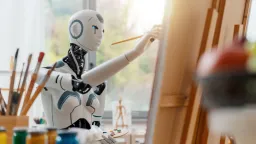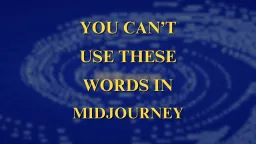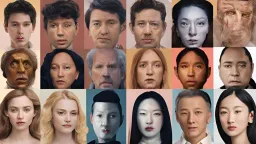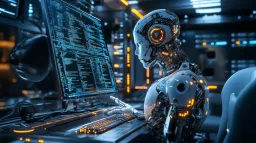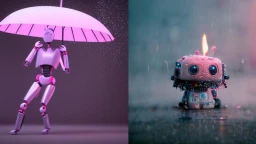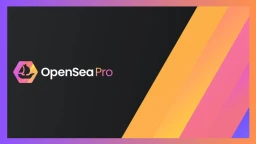A Guide to Creating Your First AI Art: A Beginner’s Guide to AI Art

Artificial Intelligence (AI) has revolutionized many industries, and the art world is no exception. AI art combines the creativity of human artists with the computational power of AI algorithms to produce unique and captivating artworks. Whether you are an artist loking to explore new horizons or simply fascinated by the intersection of technology and creativity, this comprehensive guide will walk you through the world of AI art and help you create your first AI artwork.
AI art encompasses a wide range of techniques and styles, from neural style transfer to generative adversarial networks (GANs). These techniques leverage machine learning algorithms to analyze and understand patterns in existing artworks, allowing them to generate new and original pieces. The possibilities are endless, and AI art offers a whole new realm of artistic expression.
Popular AI art techniques and styles
Before diving into the process of creating AI art, it’s essential to familiarize yourself with some popular techniques and styles. Neural style transfer, for example, enables you to apply the style of one artwork to another, creating unique combinations and interpretations. This technique uses deep neural networks to extract the style of one image and apply it to another, resulting in mesmerizing and surreal visualizations.
Another popular AI art technique is GANs (Generative Adversarial Networks), which involve two neural networks: a generator and a discriminator. The generator creates new images based on a given dataset, while the discriminator tries to distinguish between real and AI-generated images.
For example: Look at this image generated by AI, it’s hard to differentiate the work of AI from an actual photograph.

Through an iterative process, GANs can produce incredibly realistic and imaginative artworks that blur the line between human and machine creativity.
Finding the right AI image generator for you
To create AI art, you’ll need an AI image generator. There are various options available, each with its unique features and capabilities. One popular choice is Midjourney, which lets you generate images on its discord server, and they are soon planning to bring the generator to their website. They have a vast collection of pre-trained models and they make use of the GAN network. Simply enter your prompt and experiment with different styles to create stunning AI artwork. Earlier, they had a free trial version, but now you need a subscription to use their service.
You can also consider checking platforms like Runway ML or OpenAI’s DALL-E to get a different angle on your input. Stable Diffusion is yet another software that you can download and generate images offline as well as online. But to run Stable Diffusion there are few hardware requirements such as a dedicated graphics card and minimum ram requirement. So if you have a well-built-up PC or a high-performance laptop, you can run this tool. This provides more flexibility and allows you to explore cutting-edge AI art techniques.
A step-by-step guide to creating your first AI art
Now that you have a basic understanding of AI art techniques and have chosen an AI image generator, let’s dive into the process of creating your first AI artwork. Follow these steps to get started:
- Gather inspiration: Start by exploring different artworks and styles to inspire your own creation. Look for images that resonate with you and make note of the elements you find intriguing.
Example
Let us choose a subject, to begin with. we will choose “EYE” as our subject. I want to generate a closeup photoshoot of an Eye. let us keep the subject in mind and try out different prompts.
prompt: “zoomed in, macro photo, extreme close up, tiger eye, intricate details, cinematic lighting –ar 3:2“
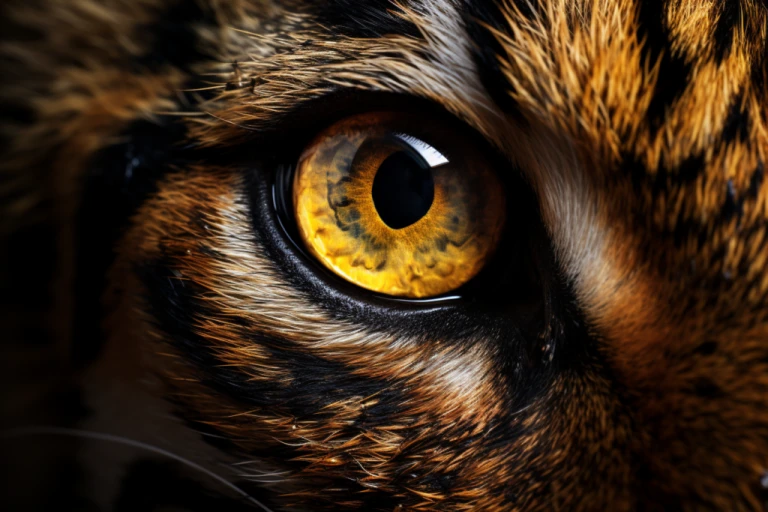
Here we have tried this using the Midjourney server. let us understand how the machine understands our prompt bit by bit.
- The word zoomed in says I want the photo to be a close-up shot.
- Macro photo represents again a closeup macro photography.
- You can see we have stressed the close-up part multiple times, which is not really necessary but it does not do any harm either.
- next the subject, an eye of a tiger which is self-explanatory.
- The term Intricate details when used in Midjourney gives you extreme detailing on the subject.
- cinematic lighting says that we need a lighting set-up that shows the depth and atmosphere of the subject. So these are a few words you can learn online to get an idea of the kind of words to use while generating your images.
- –ar represents the aspect ratio of the image you want to get. the dimension/size of the image. if you have a specific size in mind, you can enter, or else just leave that part from your prompt.
Read on How to write better Prompts for AI art
- Select your content: Choose the image or images you want to use as the base for your AI artwork. It can be a photograph you took, a painting you admire, or even a combination of multiple images.
Modifying the subject
Once you have a base idea, you can try the same prompt with a different subject and alter other parts of the prompt as well. Here we have just changed the partial subject from “Tiger eye” to other animals and beings and this is what we got.
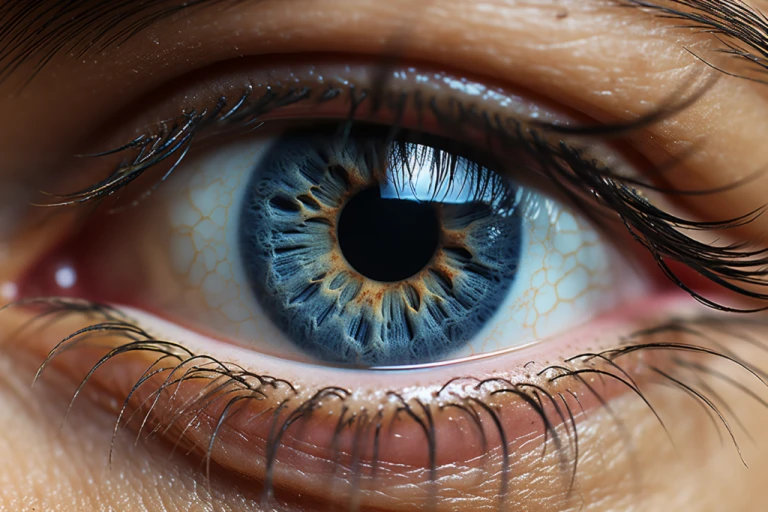
- Experiment with styles: Upload your chosen content to the AI image generator and experiment with different styles. Feel free to play around and adjust the parameters to achieve the desired effect.
Most of these platforms are straightforward websites where you can directly open the link and start writing your prompts. A few selected platforms such as Midjourney requires you to work on a discord server and the ones such as Stable Diffusion need you to have the software downloaded and set up.
Read on how to set up your Midjourney Account
Check out How to set up Stable Diffusion on Windows
Read on How to set up Stable Diffusion on MacOS
- Refine and iterate: Once you have generated your AI artwork, take the time to refine and iterate. Experiment with different settings, try alternative styles and explore variations of your creation. The iterative process is an essential part of the artistic journey.
- Add your personal touch: While AI algorithms play a significant role in generating the artwork, don’t forget to add your personal touch. Consider adding elements or details that reflect your unique artistic vision.
- Save and share: Once you are satisfied with your AI artwork, save it and share it with the world. You can showcase your creations on AI art platforms, and social media, or even print them for exhibitions. you can also share your work on our website at artzone.ai
Tips for enhancing your art creations
Creating AI art is an ongoing learning process, and there are several tips and tricks that can help you enhance your creations. Consider the following suggestions as you explore the world of AI art:
- Experiment with different datasets: AI algorithms learn from existing datasets, so using varied and diverse datasets can lead to more unique and interesting AI artworks. Explore different datasets by writing unique prompts on multiple subjects and see how they influence the outcome of your creations.
- Combine AI techniques: Don’t limit yourself to a single AI technique. Experiment with combining different techniques, to create hybrid artworks that push the boundaries of creativity.
For example, you can generate an image using Midjourney or any other platform and once your image is ready, you can use a platform like RunwayML to create more interesting works like motion or video format from your image.
- Iterate and refine: As mentioned earlier, the iterative process is crucial in AI art. Keep refining and experimenting with your creations to discover new possibilities and refine your artistic style.
- Collaborate with AI: Instead of treating AI as a mere tool, consider collaborating with AI algorithms. Experiment with interactive AI systems that respond to your input and create a dialogue between human creativity and machine intelligence.
Exploring AI art generators (Free and Paid)
If you’re on a budget or simply want to explore AI art without investing in paid tools, there are a few free(limited-time) AI art generators available. These platforms provide a great starting point for beginners and those curious about the world of AI art.
Here, we will compare several free and paid platforms and give you a brief comparison between the results and let you decide which one suits you better.
We entered the same prompt on all the following generators and below are the results.
Prompt: “Beautifully carved white marble lion, wise face, legendary standing pose”
1. Dall-E (Limited Free Trial + Free credit renewals every month)
DALL-E and DALL-E 2 are text-to-image AI platforms, developed by OpenAI. It can create realistic images from a natural language description. DALL-E is based on a large language model called GPT-3. GPT-3 is a neural network that has been trained on a massive dataset of text and code. This allows DALL-E to understand the meaning of natural language and to generate images that match the description.
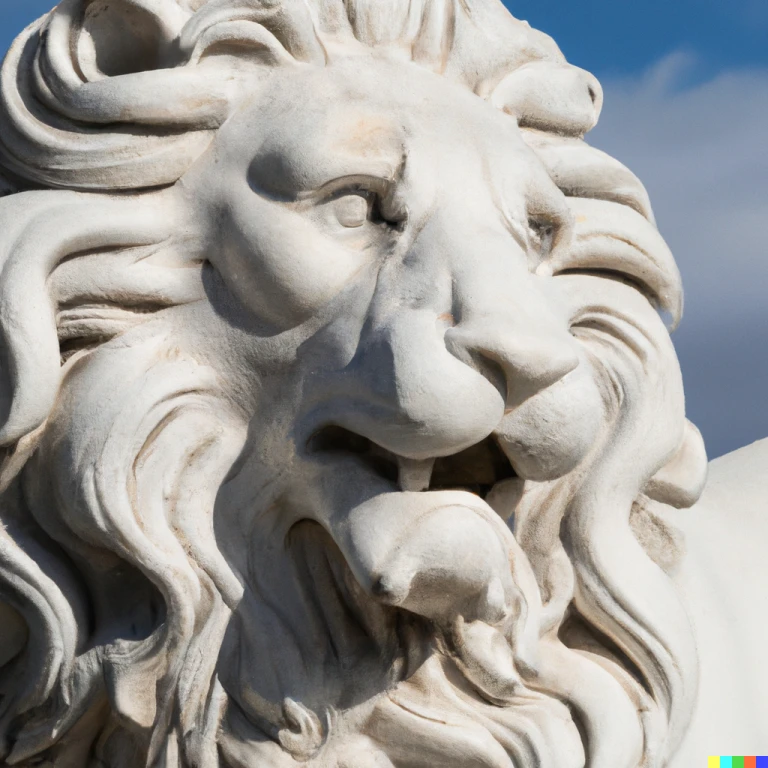
2.Fotor (Limited Free Trial available)
To use Fotor AI art generator, simply enter a text prompt in the text box and click the “Generate” button. Fotor will then generate an image based on your prompt. You can then customize the image by changing the style, composition, and light effects. Fotor AI art generator offers a variety of styles to choose from, including Realistic, Cartoon, Oil painting, Digital art, and 3D.

3.NightCafe (Limited Free credits available for trial )
NightCafe is an AI art generator that uses a technique called diffusion neural networks to create images from text prompts. Diffusion neural networks are a type of neural network that can be used to generate images by gradually adding noise to a blank canvas until it matches the description in the text prompt.
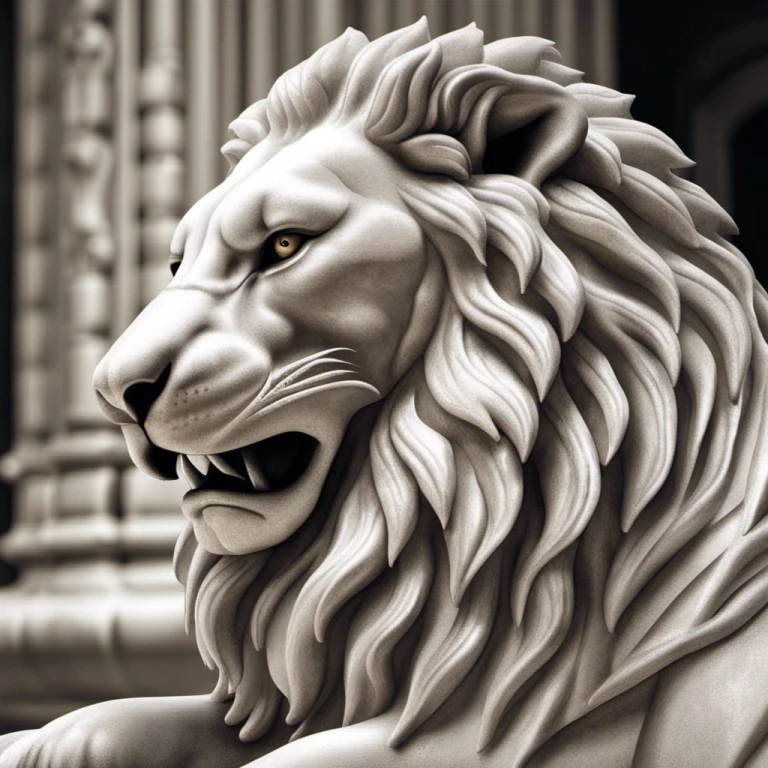
4.StarryAI (Limited Free credits available for trial)
StarryAI uses a technique called “evolutionary search” to improve the quality of its images. Evolutionary search is a process that involves generating a number of images based on a text prompt and then selecting the best images to generate more images. This process is repeated until the images are of the desired quality.
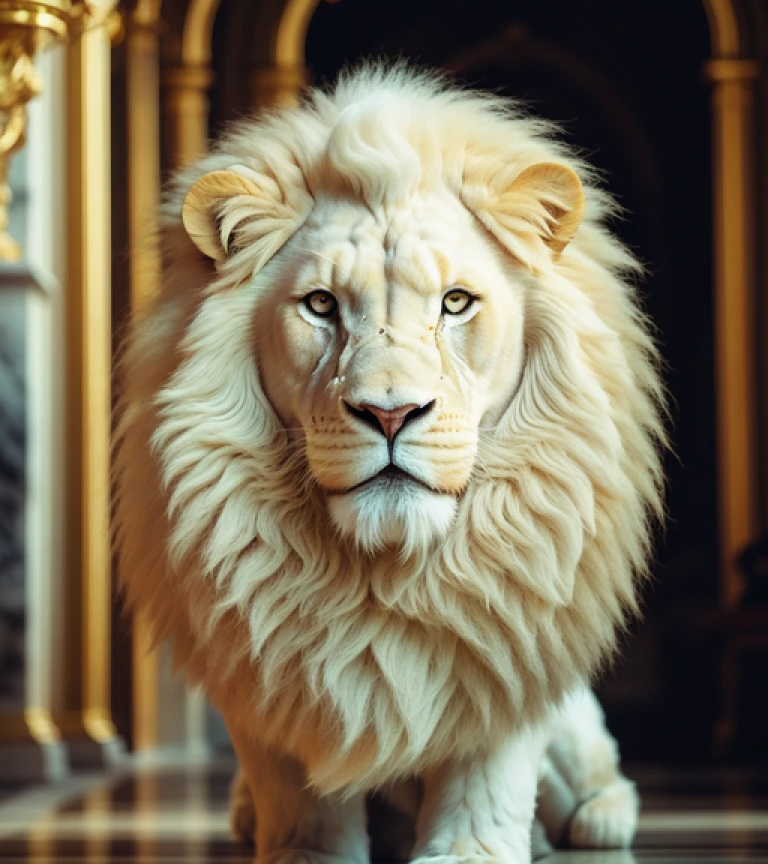
5. Midjourney (Paid Subscription)
One of the most significant differences between Midjourney and other AI art generators is that Midjourney is trained on a dataset of images that have been created by humans. This means that midjourney is able to generate images that are more realistic and coherent than images generated by other AI art generators.
Another difference between Midjourney and other AI art generators is that Midjourney is more interactive. Users can provide feedback to Midjourney on the images it generates, and Midjourney will use this feedback to improve the next image it generates. This makes Midjourney a more powerful tool for creating custom images.
Finally, Midjourney is more expensive than other AI art generators. Midjourney is currently in closed beta, and users must pay a monthly subscription fee to access it. However, Midjourney is worth the price for users who want to create high-quality custom images.
Take advantage of these free and paid resources to experiment with different AI art techniques and gain hands-on experience. While they may have some limitations compared to paid tools, they still offer plenty of opportunities for your curiosity.
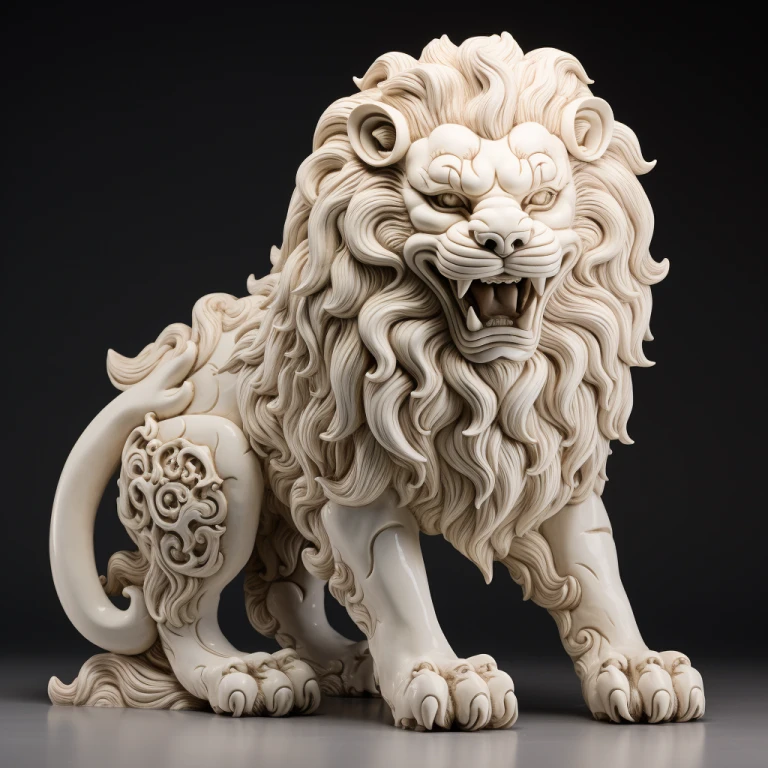
We have just provided one example prompt to demonstrate how these platforms depict their own set of datasets and create these visually appealing images. The quality and the composition of the image do differ from prompt to prompt and platform to platform.
AI art communities and platforms to showcase your work
Once you have created your AI artworks, it’s time to share them with the world. Fortunately, there are several AI art communities and platforms where you can showcase your creations and connect with fellow AI artists. One such platform is DeviantArt. Most of the platforms mix traditional art with AI art. But, we have an exclusive AI art platform called ARTZONE.AI, which is specifically designed to promote AI and AI artworks and bring all AI enthusiasts together.
Engaging with these communities not only allows you to gain exposure to your work but also provides an opportunity to learn from other artists, receive feedback, and collaborate on new projects. Embrace the vibrant AI art community and contribute to its growth and evolution.
The future of AI art
As the field of AI continues to advance, so does the world of AI art. The future holds exciting possibilities for AI-generated artworks, from interactive installations to AI-assisted creative processes. AI algorithms are becoming increasingly sophisticated, capable of producing art that challenges our perceptions and pushes the boundaries of human creativity.
However, it’s important to remember that AI art should not be seen as a replacement for human artists. Instead, it should be viewed as a tool that amplifies and expands artistic expression. The collaboration between human artists and AI algorithms opens up new avenues of creativity and offers a fresh perspective on the creative process.
Also Read: How to Turn Yourself in to an AI Character?
Conclusion
AI art is a fascinating and rapidly evolving field that merges technology and creativity in exciting ways. By exploring different AI art techniques, finding the right AI image generator, and following a step-by-step guide, you can create your first AI artwork. Remember to experiment, refine, and add your personal touch to your creations. Engage with the AI art community, showcase your work on platforms and social media, and embrace the future of AI art. Let your imagination soar as you unlock the world of AI art and embark on a transformative artistic journey.
Join the AI art revolution today and create your own AI artwork. Unleash your creativity and explore the endless possibilities of AI art. Share your creations with the vibrant AI art community.
